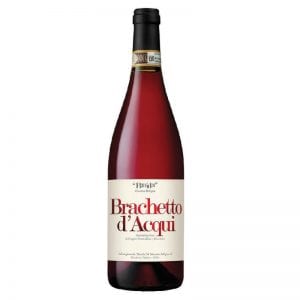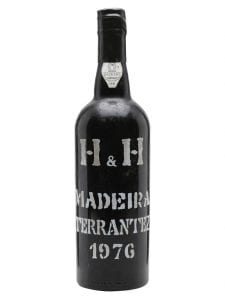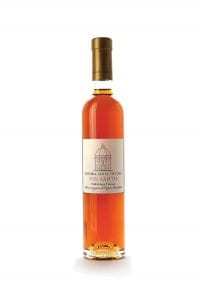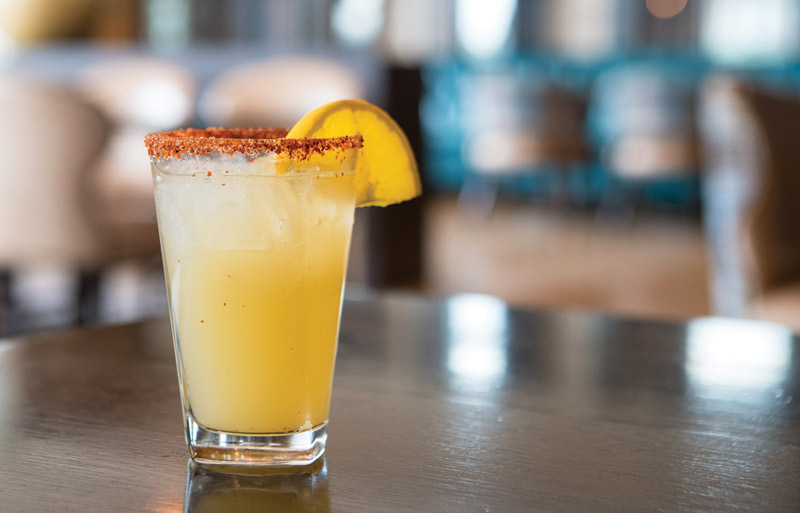Dessert wines once were considered ‘the wine of kings.’ Before the age of refined sugar, they were a luxury only deemed worthy for nobility who could afford them. Now, sweet indulgences are commonplace, resulting in many being less impressed by sweet wines. Still, the process to make some of these wines is extensive and impressive. These varieties usually gain their sweetness by stopping the fermentation process before all of the sugar turns into alcohol.
The biggest complaint I hear is that people just don’t like to drink anything sweet. They are ruined by their experiences with unbalanced local wine or sugary alcoholic beverages. For enlightened foodies, however, sweet wine is something that can take a dining experience to a magical place. Those who have had foie gras with Sauternes know what I’m talking about.
 So where to start? Breakfast is a good place. A bowl of fresh berries with a glass of Moscato d’Asti is a delightful treat that pairs perfectly. Lambrusco and Brachetto d’Acqui are two other Italian wines that are absolutely killer with breakfast dishes containing fruit. For a little luxury in the morning, pair Champagne with something sweet; demi-sec varieties go well with seafood, sweet pastries or jam.
So where to start? Breakfast is a good place. A bowl of fresh berries with a glass of Moscato d’Asti is a delightful treat that pairs perfectly. Lambrusco and Brachetto d’Acqui are two other Italian wines that are absolutely killer with breakfast dishes containing fruit. For a little luxury in the morning, pair Champagne with something sweet; demi-sec varieties go well with seafood, sweet pastries or jam.
 One thing I really like about sweet wines is how well they pair with spicy food. An everyday off-dry riesling or Gewürztraminer are the perfect complements to Thai and Indian food. Sugar helps with the sting, and sweeter whites usually contain less alcohol, which is what you want when eating spicy food. Wine with a high alcohol content makes the ‘burn’ worse and makes food with a kick less enjoyable.
One thing I really like about sweet wines is how well they pair with spicy food. An everyday off-dry riesling or Gewürztraminer are the perfect complements to Thai and Indian food. Sugar helps with the sting, and sweeter whites usually contain less alcohol, which is what you want when eating spicy food. Wine with a high alcohol content makes the ‘burn’ worse and makes food with a kick less enjoyable.
 For a cheese course, there is nothing more classic than port paired with Stilton cheese, although its two common styles, Ruby and Tawny, are both great options for a wide variety of cheeses. The sweet and salty combo is a match made in heaven.
For a cheese course, there is nothing more classic than port paired with Stilton cheese, although its two common styles, Ruby and Tawny, are both great options for a wide variety of cheeses. The sweet and salty combo is a match made in heaven.
 For dinner, I would suggest Madeira. It comes in numerous styles, and the following are my suggestions. Pair vintage Madeira Terrantez with honey-baked ham, a semisweet chenin blanc with chicken with herbs and spices, and Recioto della Valpolicella with steak, especially when demi-glace is involved.
For dinner, I would suggest Madeira. It comes in numerous styles, and the following are my suggestions. Pair vintage Madeira Terrantez with honey-baked ham, a semisweet chenin blanc with chicken with herbs and spices, and Recioto della Valpolicella with steak, especially when demi-glace is involved.

For dessert, the world is your oyster. If you have never had Vin Santo with biscotti at the end of your Italian dinner, you are missing out. German ice wine with the local favorite gooey butter cake will have you soaring with delight. Rule of thumb: Keep your dessert wine sweeter than your dessert.
With so many nuances, wine can be confusing for the average consumer, and dessert wine is no different. But with a little help from an expert, your dining experience can be elevated in a very serious way. Always remember to leave a place at your table for ‘the wine of kings.’
Anthony Geary is sommelier at the Four Seasons Hotel St. Louis.








